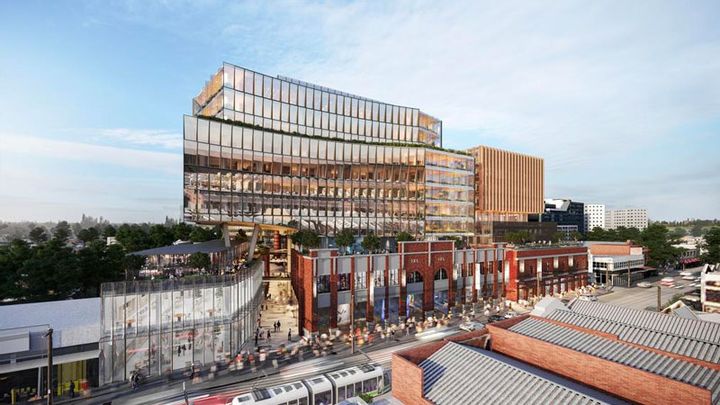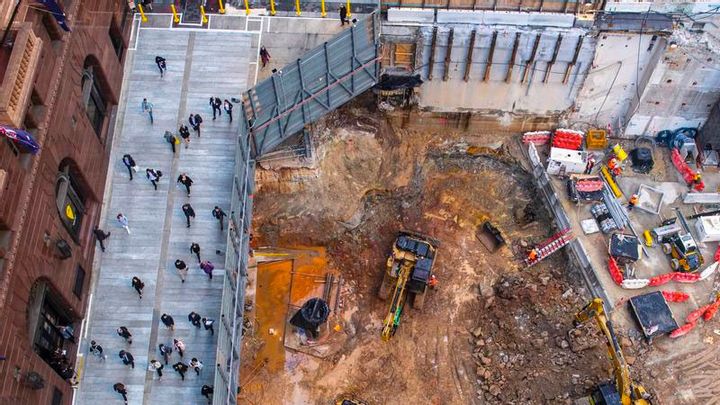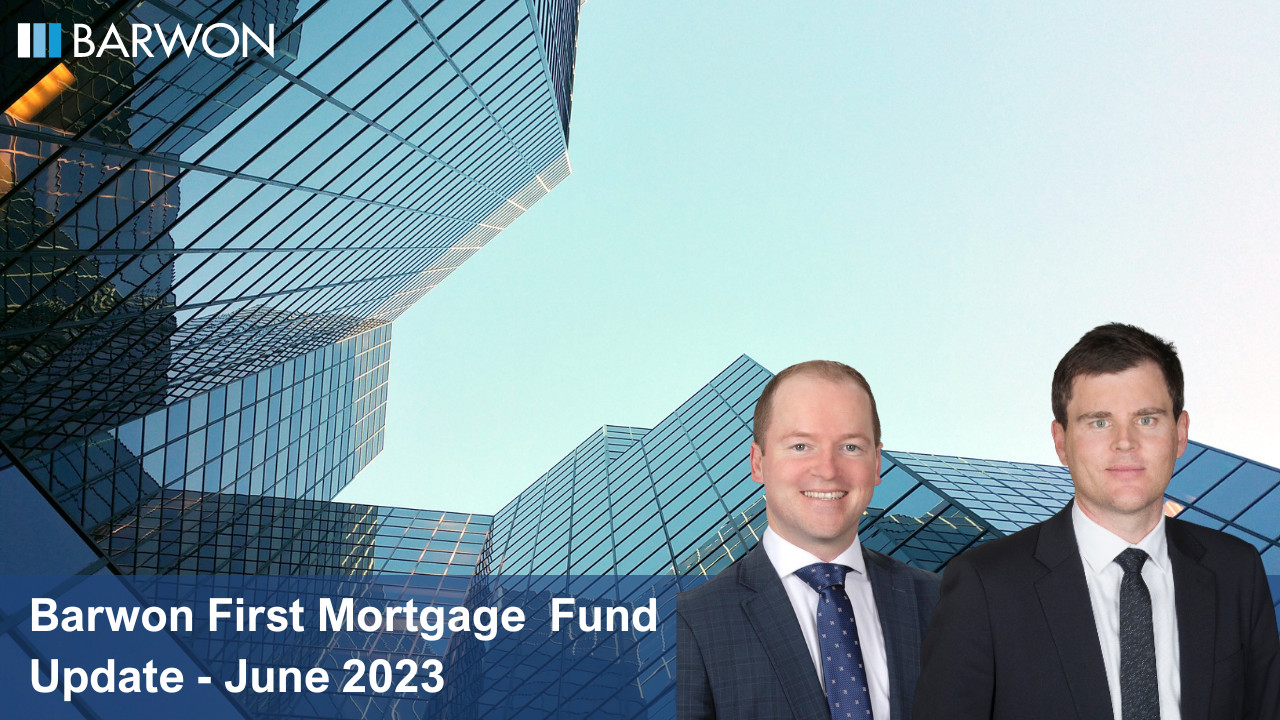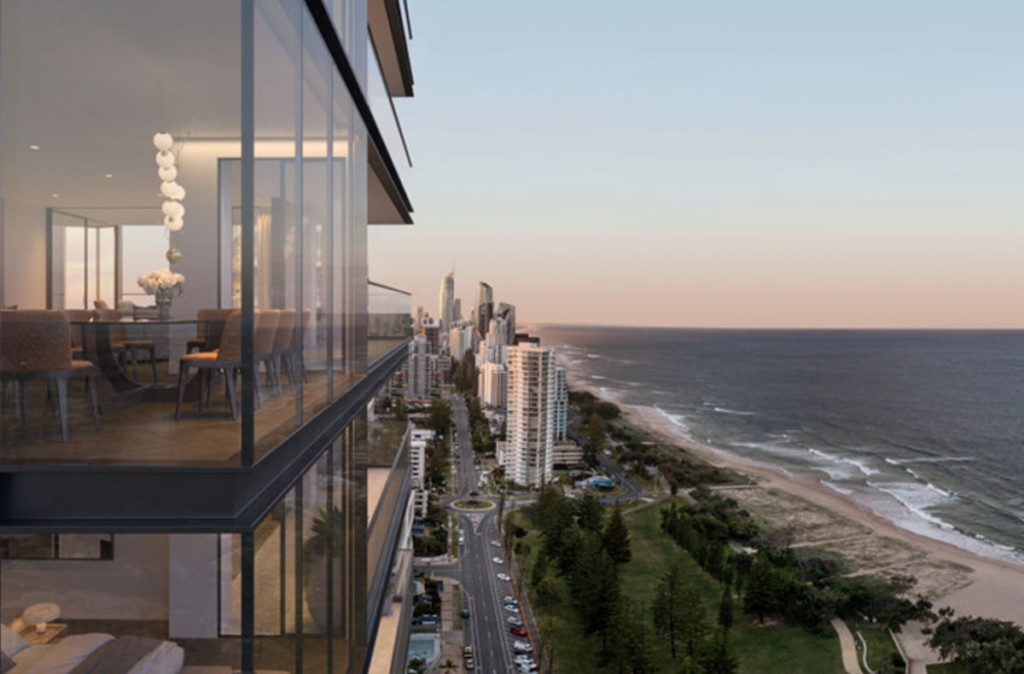Record low interest rates and seismic shifts in the property sector have created a swell of demand in Australia’s secondary property markets, spurred by flexible capital chasing more entrepreneurial deals.
The secondary market refers to all properties other than new builds and relates to both the residential and commercial sector.
“There’s lots of liquidity and lenders are fighting for deals. An excess of funds means pricing is on the way down and lenders’ terms and conditions are becoming more flexible,” says Barn Wilson, director of finance brokers Stamford Capital.
Excess cash looking to find a home creates competition for assets, which lowers the cost of finance.
Although with three-year, fixed swap rates rising in the bond market, this is likely to have a knock-on effect on rates in the medium-term and increase the cost to finance property transactions over time.
Head of property finance at Barwon Investment Partners Jonathon Pullin says transaction activity in the secondary property market has been strong and is likely to continue.
Barwon has been providing credit to incoming buyers of these properties. Barwon are 70 per cent funded by institutional investors, with the balance of capital coming from wealth management groups and family offices. They are broadly agnostic about sector exposure and provide capital across the country.
“Opportunistic buyers with longer-term investment horizons are picking up existing or newly completed assets like hotels and office buildings that are producing little to no income often as a result of Covid,” Pullin says.
“These assets on acquisition are unable to meet bank covenants so they go to non-bank lenders, which are prepared to provide funds while the asset trades up over a period to the point it stabilises, when they can then refinance to a bank.”
Pullin says his business has a preference for assets run by high-quality, experienced borrowers with a clear and robust business plan.
Chief investment officer of real estate financier MaxCap Group Bill McWilliams says property investors repositioning assets is another force driving markets.
“Buyers and sellers are transacting commercial offices and, to a lesser extent, retail properties, with a lower weighted average lease expiry, as well as properties that need significant capital works to attract tenants.”


▲ The growth of the non-bank lender market is playing a role in the upsurge in the secondary property sector.
McWilliams splits the market into opportunistic deals which require significant construction, value-add transactions such as those requiring a tenant refresh or capex works, core-plus assets with a reasonable WALE and tenancy profile that needs work, and core assets such as A-grade office properties with a strong tenant profile.
On a sector basis, Wilson says from his perspective retail assets are relatively less attractive to investors.
“Walk down any high street and you’ll see a lot of vacant shops. The retail sector is also adjusting to ongoing changes like online shopping. Office assets are less attractive for similar reasons, with most of us still working from home. Although things will revert to normal in time.”
Market appetite sharpening
Tighter Australian Prudential Regulation Authority rules have increased the amount of capital its regulated banks must hold against commercial property loans, which dampened the major banks’ appetite to fund commercial property deals.
It’s understood before the regulator’s crackdown, banks funded up to 87 per cent of all commercial real estate debt in Australia. The non-bank sector has been more than willing to pick up the slack in the market.
The tightened capitalisation thresholds they have to meet mean banks’ covenants remain reasonably rigid, with most loans offered on three-year terms over assets with a weighted average lease expiry of three years or more.
The non-banks take a different approach when assessing a transaction, with the asset’s ability to produce enough revenue to cover interest the key to securing finance.
“Banks have reasonably rigid terms including interest cover ratios and the strength of leases. But in the non-bank space, almost any deal can be financed. It’s just about pricing and leverage and how you move those two levers to get a deal that works for both parties. That’s how much liquidity there is in the market,” says Wilson.
Alternative financiers are prepared to be more flexible on things like the interest coverage ratios (ICR) the loan has to meet, in light of Covid’s impact on assets during ongoing lockdowns and re-openings.
Non-banks are prepared to lend on properties with loan-to-value (LVR) ratios of between 50 per cent and 60 per cent and even higher for mezzanine debt facilities. Banks’ LVRs are typically 10 per cent to 15 percent higher than their non-bank peers.
Wilson says in the non-bank space, most deals are done with an interest cover ratio of one or more, which means the asset’s earnings cover its interest payments.
In some cases, it’s possible to secure finance over assets with an ICR below one, but typically the borrower will need to secure the loan with other collateral.
Indeed, McWilliams says, equity is the biggest differentiator between banks’ and non-bank’s propensity to get a deal over the line. “Banks require developers to have more equity in a property to lend to it, compared to non-banks.”
He explains the loan mechanics. “When funding a project that requires a capital works program, we might fund an initial tranche against the property on an as-is valuation, and then progressively release money on a cost to complete basis until all the capital works are done.
“The loan-to-value ratio will typically reduce once capital works are complete and the lease profile has improved, at which point you are able to refinance the asset with the bank.”
McWilliam notes local and global institutional investors are active players in the Australian real estate finance market, as are super funds and offshore pension funds.

▲ Non-bank lender Qualitas is on the verge of floating on the ASX and has recently increased the size of its initial public offering.
Global player Apollo’s game-changing deal with MaxCap and real estate investment house Qualitas’ imminent IPO are examples of maturation in the non-bank lending market.
The $472-billion Apollo inked a 50 per cent equity stake in the unlisted MaxCap in October, significantly increasing the non-bank lender’s dry powder in Australia’s $300 billion commercial real estate lending market.
“These investors have large balance sheets and they are prepared to put significant capital into transactions,” McWilliam said.
“Due to size, some loans need to be syndicated between a number of local banks. But institutional capital will invest in single-ticket loans well above this amount that are not syndicated. Dealing with one lender is appealing to some developers.”
While it’s good times for developers and property owners right now, the potential for higher funding costs and the flow on impacts to valuations are an emerging threat.
“Strengthening valuations have been commonplace across the market,” Pullin says.
Pullin expects the market to continue strengthening into 2022 and valuations to stand up, but with growth likely to moderate if the cash rate rises.
“Competition for assets will likely continue to be strong, with non-bank financiers remaining very active in the provision of credit.”










